Celery root: description, planting and care
Celery root is an integral component of many culinary dishes and medicines. It is actively used in many areas of human life. And how is this simple plant grown? We will try to answer this question in this article.
Content:
- Celery value
- Seed preparation
- Getting celery root seedlings
- Dive seedlings
- We plant in the ground
- Little Tricks for Growing Root Celery
Celery value
The main feature of this spicy vegetable is its taste and unique aroma... This is the reason for the inclusion of celery in the preparation of culinary masterpieces, both in Russia and abroad.
Celery is used by experienced chefs as a condiment and as an ingredient on its own.
Thanks to its excellent qualities, vegetable and meat dishes sound completely new. The organs of the plant are good for preparing various salads, baking or in the form of a boiled side dish. Even the root of the plant has found uses in cooking. The plant contains a large amount of phosphorus and calcium.
In addition, celery is a storehouse of the following vitamins:
- AT 9
- BUT
- IN 1
- PP
- FROM
Celery has a beneficial effect on the work of the stomach. It contains essential oils, which give food a unique aroma and unsurpassed taste, accelerate the secretory function of the stomach and stimulate appetite stimulation. Celery plants are low in calories, which means they are ideal for people on various diets.
The advantage of this plant is the content of special substances in it, which help to reduce the production of cortisol in the body, a compound of a hormonal nature that causes stress.
In folk medicine, celery has long been used as a rejuvenating and tonic agent. In addition, the use of raw celery helps to rid the body of many diseases.
Seed preparation
Growing celery is quite a hassle, but the effect is well worth the effort. The first step in growing this plant is to prepare the seeds. Celery seeds are quite fragile to the effects of many factors and quite capricious.
Every gardener should know that a feature of celery seeds is a rapid loss of germination.
If you find such seeds on your farm and are not sure that they are from the last year of formation, you should not use them, since you may not wait for the shoots. The same result can be expected for you when purchasing seeds in a store, if they indicate not the last, but the year before last.
To avoid such troubles, try to buy seeds no later than the last year of collection, or collect your own annually. Buy seeds in well-known stores, do not buy products of dubious quality!
How to properly prepare celery seeds for planting:
- The outer peel of a celery seed is impregnated with some types of essential oils, which protect their contents from adverse factors.
- In addition to protection, these essential oils significantly slow down seed germination. Therefore, in order to quickly obtain seedlings, the prepared seeds must be soaked for a while, usually a day or two, in water at room temperature.
- Germination of seeds can be achieved by keeping them for some time in a damp cloth without access to sunlight. The sun's rays can dry out seeds. When artificially germinating seeds, carefully monitor the moisture content of the fabric, which can be sprayed a little if necessary.
- When soaking the seeds, periodically replace the water in which the celery seeds are placed.
- Do not keep the seeds in water for a long time, they can completely swell and lose germination.
- As soon as the seed bites, you can place it in the soil, for seedlings.
Getting celery root seedlings
To get root celery seedlings you need:
- Sow pre-germinated seeds into prepared soil. The soil should be stored in autumn, preferably large-structured, black. It perfectly absorbs moisture and allows air to flow to the roots. If you have not stocked up on soil in the fall, then you should purchase it in specialized stores.
- To obtain root celery seedlings, you can prepare the soil yourself. Mix two parts of humus with six parts of peat, add a little mullein and sprinkle with one part of turf. Such a nutritious soil for seedlings can also be prepared in the fall and stored at home. To increase soil fertility, add a little vermicompost to the prepared soil, and to increase air permeability, add a little sand to the soil.
- It is recommended to plant celery root seeds for seedlings from early February to mid-March. At this time, when all the surrounding nature is still sleeping, the seeds will have time to germinate and transform into excellent seedlings by the onset of the summer season.
- Sprouted celery root seeds are placed in prepared soil, usually it occupies a box, in rows, keeping a distance of two centimeters between them. Many gardeners use toothpicks or matches to make it easier to place seeds in the soil. With the help of them, small holes are made in the soil, into which the seeds are subsequently placed. Then they carefully take some soil and cover the seeds on top.
- To speed up the production of seedlings, the sown seeds are covered with foil. It is recommended to put the box with seedlings in a warm place where the sun's rays do not penetrate. Periodically check the appearance of seedlings, and, if necessary, spray the soil in the box to maintain its moisture.
On average, one week after sowing the seeds in seedlings appear in the soil... As soon as you find the shoots that have appeared, the box in which the root celery seedlings are located must be taken out into the light. Seedlings need the sun's rays for the process of photosynthesis, during which the seedlings will go into active growth. The windowsill will be a bright place for the box with seedlings.
The cool temperature on the windowsill will stimulate the hardening of the seedlings.
The optimum temperature for seedlings of celery root is sixteen-degree Celsius. It is not recommended to keep seedlings at lower temperatures, as they may not show active growth and a large yield.
Celery shoots are like thin blades of grass that bend and break easily even from the wind. To preserve their integrity, watering should be done by spraying the seedlings from a spray bottle.
Dive seedlings
With the appearance of true leaves on the seedlings, usually two appear at the same time, the process of diving seedlings can be performed. To do this, you should:
- Open each seedling by placing its individual pot. When diving on seedlings, it is necessary to pinch the main root in the region of one third of the part.The dived seedlings are covered with soil to the level of the first two leaves, while not allowing the growing point to fall asleep.
- Before planting young plants in the open field, many gardeners feed the seedlings. It is prepared from organic or mineral fertilizers. Infusion of poultry droppings is also perfect for seedlings. In urban conditions, feeding is carried out with a humate solution purchased in stores or with special complex fertilizers.
- For the prevention of development on seedlings of various pathogens can be sprayed with a weak solution of potassium permanganate or, as the people say, potassium permanganate. The dived seedlings need to be watered as needed.
We plant in the ground
Planting ready-made root celery seedlings in open ground should be from mid-May. By this time, the soil warms up well and the weather is favorable for growth. Young plants of root celery should be planted in the prepared beds, while maintaining a distance between them equal to thirty centimeters.
In no case should you plant plants close to each other. In this case, you should not count on a bountiful harvest. Watch the level of the growth point above the soil surface, it must not be buried. Observing these simple rules, the resulting roots will be quite large and mouth-watering.
Planted celery plants must be watered abundantly with water at room temperature.
The ideal time to plant celery root plants is a calm, warm evening or cloudy day. In both cases, the plants will be deprived of the effects of harmful sunlight for some time and will be able to adapt to the conditions of open space. In the event of nighttime cold snaps, the celery plants in the open field should be covered. Cut plastic bottles are ideal for this.
Little Tricks for Growing Root Celery
Root celery is quite a capricious plant and in order to get a good harvest of its roots, you need to know some tricks of caring for it. Moisture-loving celery is picky about the amount of moisture in the soil. Therefore, you should monitor this and prevent the land in which it grows from drying out. All summer you need to water the plants abundantly, then the roots will grow and develop well. Watering should be done with a gentle, quiet stream, directing it under the root.
Root celery plants must not be hilled. In some cases, it is necessary to shake off excess soil from root crops. This procedure should be especially carried out during the period of thickening of the root crops of the plant.
Root celery love all kinds of feeding:
- On average, plants are fed up to four times during growth.
- Using top dressing at the beginning of summer, when the plant is in the open field, it stimulates the strengthening of its root system.
- Subsequent feeding promotes the growth of the root crop itself.
- Usually, after ten days from planting seedlings, celery is fed with prepared herbal infusion. Subsequently, an infusion of chicken manure or rich in micro- and macroelements is suitable for feeding. mullein infusion.
- The last dressing can be done with superphosphate or boric acid.
Throughout the growth of celery, it is necessary to loosen the soil next to it. This procedure will perfectly affect the penetration of air and moisture to the roots of the plant.
For root celery plants, it is important to trim the lateral roots and leaves. Getting rid of plants from lateral roots that he does not need at all can be done while freeing root crops from excess soil. This event contributes to the enlargement of root crops.
In the first decade of September, you should start cutting off the outer leaves from the plant.This will help the plant stop wasting organic matter and channel it directly into the root crop.
Harvesting can start from early October until mid-October. Even if the first frosts began to appear at night, celery roots are not afraid. Plants can withstand autumn temperatures as low as three degrees below zero. Knowing these little tricks, you can get a bountiful harvest of root celery at minimal cost.
More information can be found in the video.



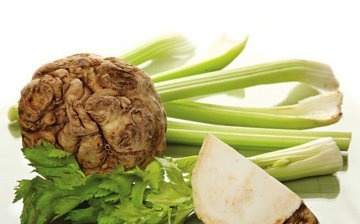

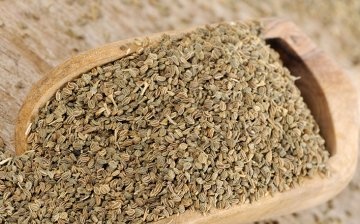
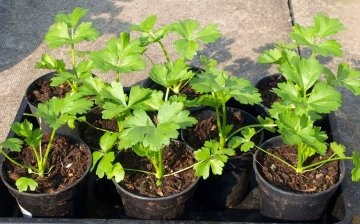
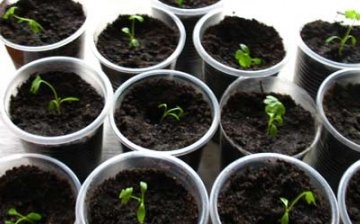

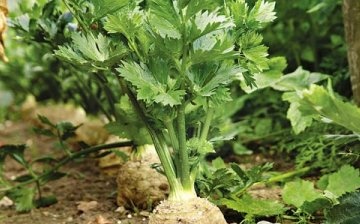







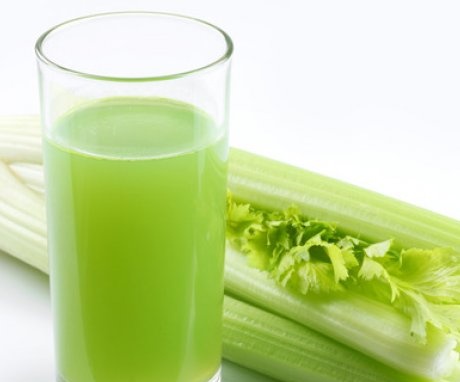
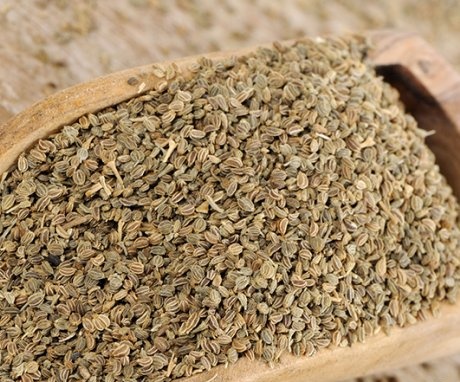
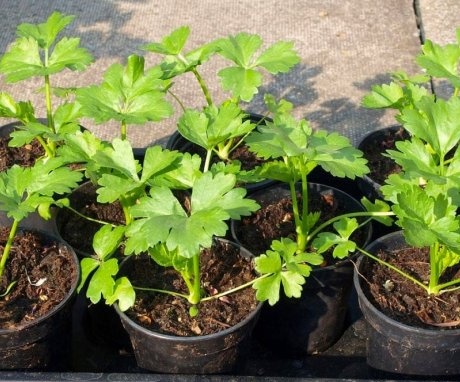
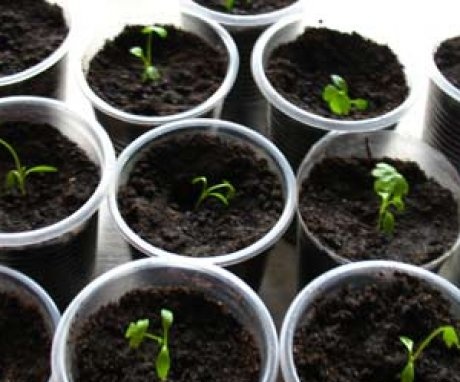
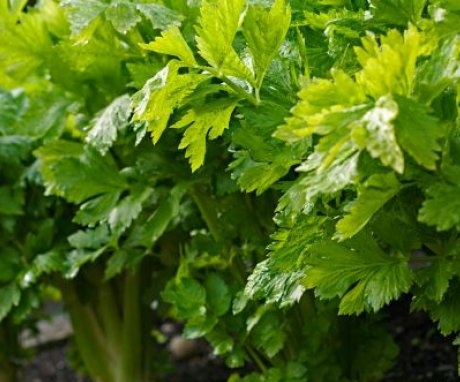
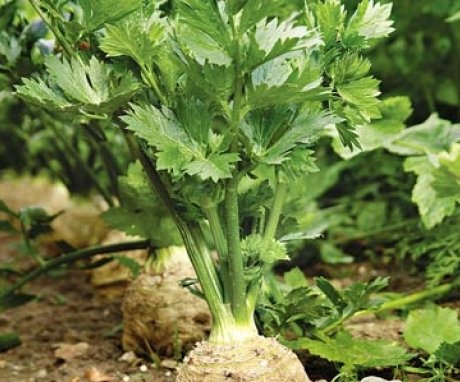
When growing root celery, you need to cut off the additional roots extending from the root crop a couple of times. The soil needs to be shaved off and the excess roots should be cut off with nail scissors, the wounds should be allowed to dry for 15 minutes, and then the soil should be filled up again as it was originally, no more.
I love the taste of celery very much, I constantly use it, especially for preparing salads and meat dishes. But the cultivation does not work out very well, although I ordered expensive seeds many times, perhaps it really is a quick loss of their germination.